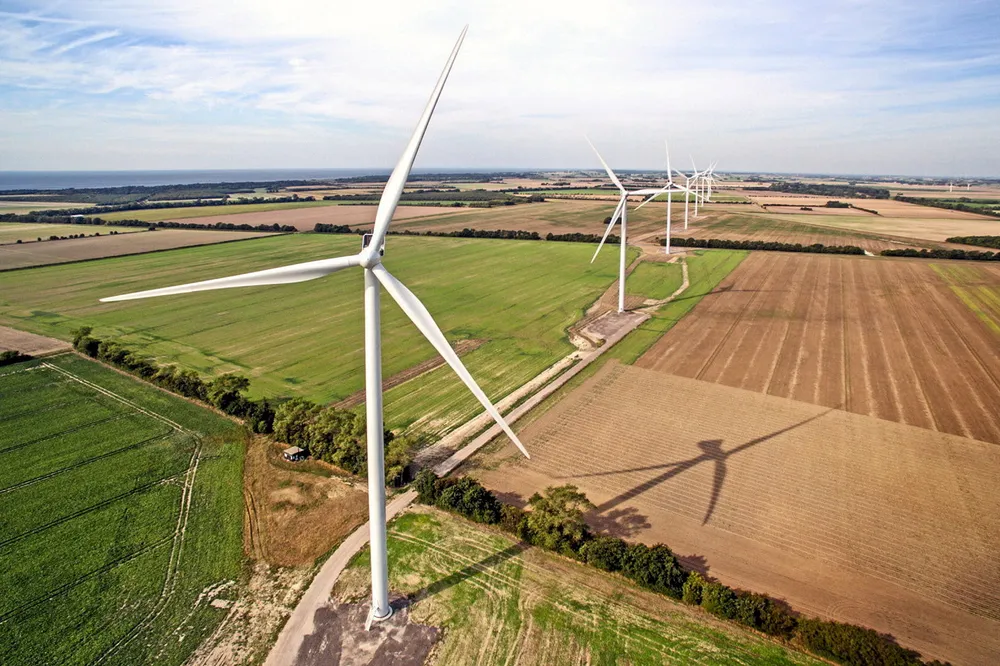EU’s green hydrogen goals could gobble up 30% of all European renewables supply by 2030: report
Non-profit warns that electrolysers producing ten million tonnes of H2 per year would need more electricity than Germany

Non-profit warns that electrolysers producing ten million tonnes of H2 per year would need more electricity than Germany
